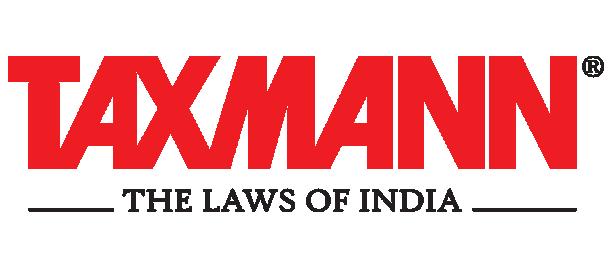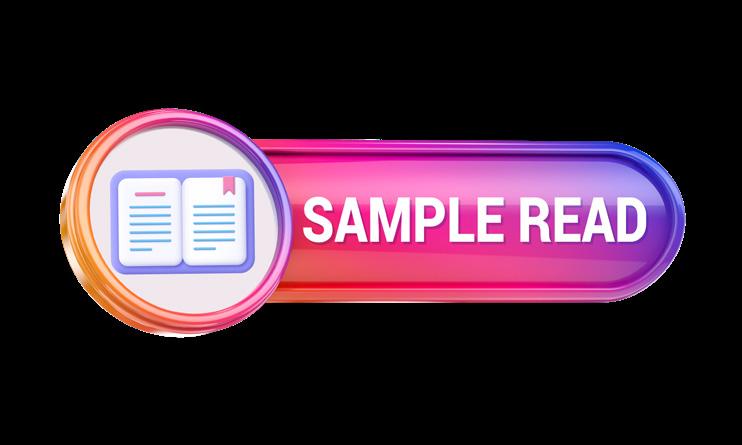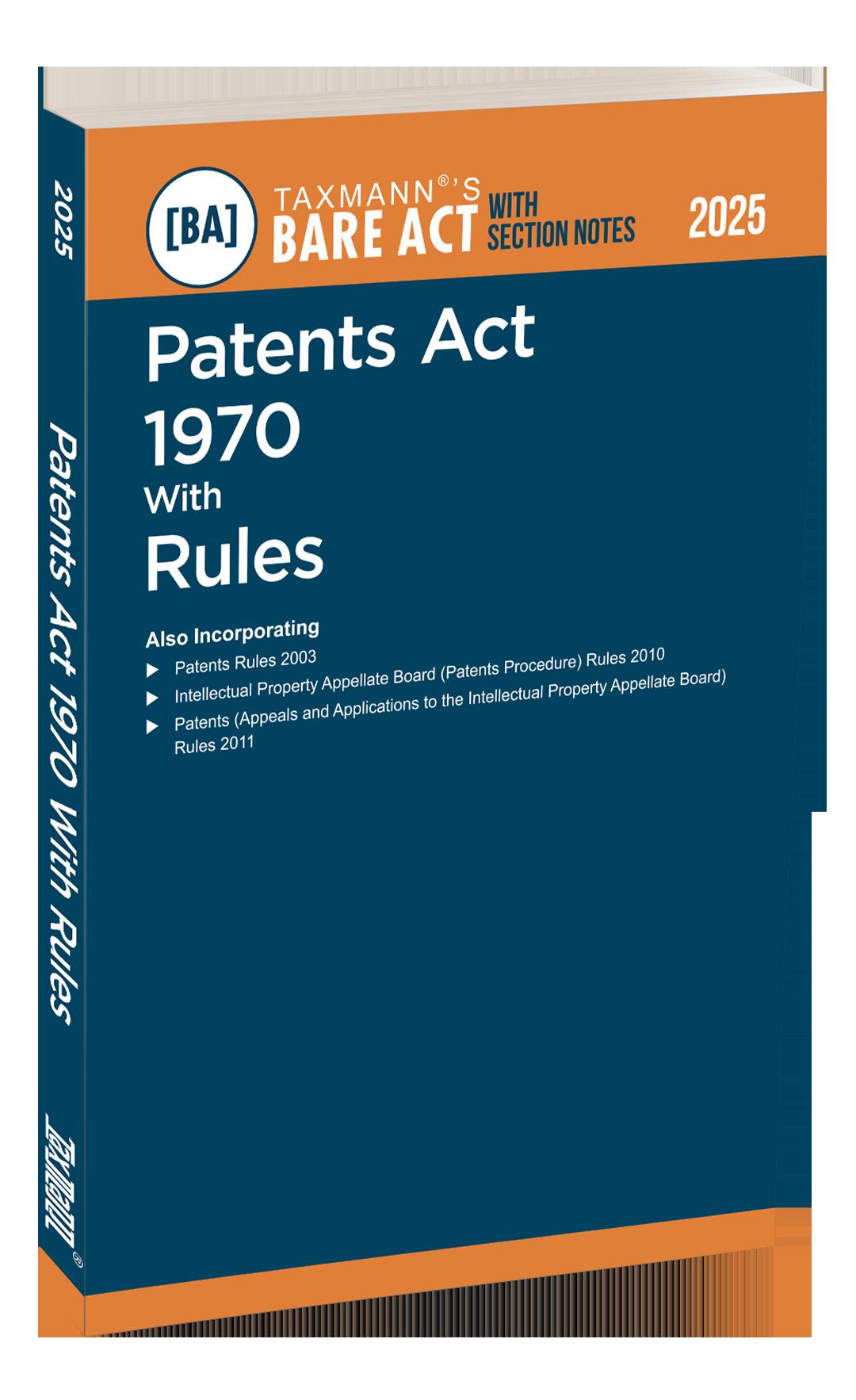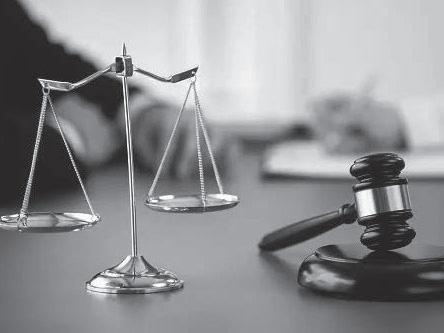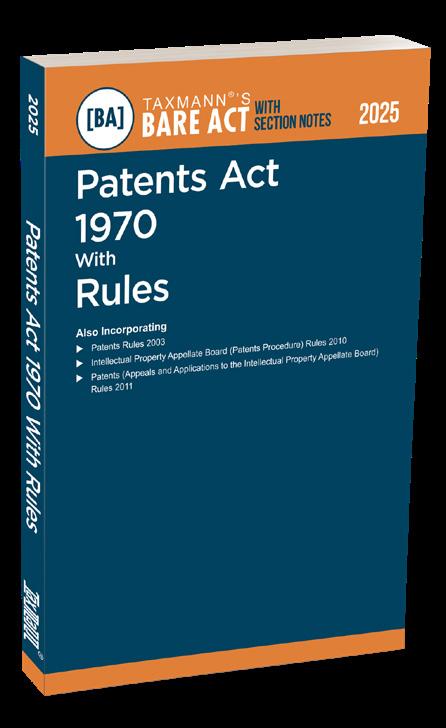CHAPTER IV
CHAPTER IVA
CHAPTER V
CHAPTER VI
CHAPTER VII
51.
52. Grant of patent to true and first inventor where it has been obtained by another in fraud of
56.
57.
CHAPTER
WORKING OF PATENTS, COMPULSORY
CHAPTER XVII
CHAPTER XVIII
111. Restriction on power of court to grant damages or an account of profits for infringement 91
112. [Omitted by the Patents (Amendment) Act, 2002, w.e.f. 20-5-2003 ] 92
113. Certificate of validity of specification and costs of subsequent suits for infringement thereof 92
114. Relief for infringement of partially valid specification 93
115. Scientific advisers 93
CHAPTER XIX
APPEALS
116. [Omitted by the Tribunals Reforms Act, 2021, w.r.e.f. 4-4-2021] 93
117. [Omitted by the Tribunals Reforms Act, 2021, w.r.e.f. 4-4-2021] 95
117A. Appeals to High Court 95
117B. [Omitted by the Tribunals Reforms Act, 2021, w.r.e.f. 4-4-2021] 95
117C. [Omitted by the Tribunals Reforms Act, 2021, w.r.e.f. 4-4-2021] 96
117D [Omitted by the Tribunals Reforms Act, 2021, w.r.e.f. 4-4-2021] 96
117E. Appearance of Controller in legal proceedings 96
117F. [Omitted by the Tribunals Reforms Act, 2021, w.r.e.f. 4-4-2021] 96
117G [Omitted by the Tribunals Reforms Act, 2021, w.r.e.f. 4-4-2021] 97
117H [Omitted by the Tribunals Reforms Act, 2021, w.r.e.f. 4-4-2021] 97
CHAPTER XX
PENALTIES
118. Contravention of secrecy provisions relating to certain inventions
119. Falsification of entries in register, etc.
120. Unauthorised claim of patent rights
121. [Omitted by the Jan Vishwas (Amendment of Provisions) Act, 2023, w.e.f. 1-8-2024] 98
122. Refusal or failure to supply information
123. Practice by non-registered patent agents
124. Offences by companies
Adjudication of penalties
Appeal
CHAPTER XXI
PATENT AGENTS
125. Register of patent agents
126. Qualifications for registration as patent agents
127.
128.
129.
130.
131.
132.
CHAPTER XXII
INTERNATIONAL ARRANGEMENTS
133.
134.
136.
CHAPTER XXIII
MISCELLANEOUS
155. Reports of Controller to be placed before Parliament
156. Patent to bind Government
157. Right of Government to sell or use forfeited articles
157A. Protection of security of India
158. Power of High Courts to make rules
159. Power of Central Government to make rules
160. Rules to be placed before Parliament
161. [Omitted by the Patents (Amendment) Act, 2002, w.e.f. 20-5-2003 ] 116
162. Repeal of Act 2 of 1911 insofar as it relates to patents and savings
163. [Omitted by the Patents (Amendment) Act, 2005, w.r.e.f. 1-1-2005]
PATENTS RULES, 2003
10. Period within which proof of the right under section 7(2) to make the application shall
24B. Examination of application
25. Identification of published applications
26. Request for withdrawal
27. Inspection and supply of published documents
28. Procedure in case of anticipation by prior publication
28A. Procedure in relation to consideration of report of examiner under section 14
29. Procedure in case of anticipation by prior claiming
29A. Grace period
30. Amendment of the complete specification in case of anticipation
31. Form of reference to another specification
32. Procedure in case of potential infringement
33. Form of reference to another patent
34. Manner in which a claim under section 20(1) shall be made
35. Manner in which a request may be made under section 20(4)
36. Manner of application under section 20(5)
37. Numbering of applications on the grant of patent
38.
CHAPTER V
EXCLUSIVE MARKETING RIGHTS
CHAPTER VI
55. Opposition to the patent
Filing of notice of opposition
56. Constitution of Opposition Board and its proceeding
58.
59.
63. Determination of costs 168
63A. Request made under section 26(1) 168
64. [Omitted by the Patents (Amendment) Rules, 2005, w.e.f. 1-1-2005] 169
65. [Omitted by the Patents (Amendment) Rules, 2005, w.e.f. 1-1-2005] 169
66. Form of making a request under section 28(2) 169
67. Form of making a claim under section 28(3) 169
68. Form of application to be made under section 28(7) 169
69. Procedure for the hearing of claim or an application under section 28 169
70. Mention of inventor 170
70A. Certificate of inventorship
CHAPTER VII
SECRECY DIRECTIONS
71. Permission for making patent application outside India under section 39 170
72. Communication of result of reconsideration under section 36(2) 170
CHAPTER VIII
GRANT OF PATENTS
73. [Omitted by the Patents (Amendment) Rules, 2005, w.e.f. 1-1-2005] 171
74. Form of patent
74A. Inspection of documents related to grant of patent
75. Amendment of patent under section 44
76. Manner of applying for direction under section 51(1)
77. Manner of application under section 51(2) 172
78. Procedure for the hearing of proceedings under section 51 172
79. Request under section 52(2) 172
80. Renewal fees under section 53 172
CHAPTER IX
AMENDMENT OF APPLICATION, SPECIFICATION OR ANY DOCUMENT RELATING THERETO
81. Amendment of application, specification or any document relating thereto
82. Preparation of amended specifications, etc.
83. Publication of the amendment allowed
CHAPTER X
RESTORATION OF PATENTS
84. Restoration of patents
85. Opposition to restoration under section 61
86. Payment of unpaid renewal fees
CHAPTER XI
SURRENDER OF PATENTS
87. Surrender of Patents 175
CHAPTER XII
REGISTER OF PATENTS
88. Register of patents under section 67 175
89. [Omitted by the Patents (Amendment) Rules, 2005, w.e.f. 1-1-2005] 176
90. Registration of title and interest in patents
91. Presentation of assignment, etc. of patent to Controller
92. Registration of title or interest in a patent
93. Entry of renewal fee
94. Alteration of address
95. Inspection of register of patents under section 72 and fees payable therefor
CHAPTER XIII
COMPULSORY LICENCE AND REVOCATION OF PATENT
96. Application for compulsory licence, etc.
97. When a prima facie case is not made out
98. Notice of opposition under section 87(2)
99. Manner of publication of the revocation order
100. Application under section 88(4)
101. Procedure to be followed in case of applications under section 88(4)
102. Application for termination of compulsory licence under section 94
CHAPTER XIV
SCIENTIFIC ADVISERS
103. Roll of scientific advisers
103A. Disqualifications for inclusion in the roll of scientific advisers
104. Manner of application for inclusion in the roll of scientific advisers
105. Inclusion of the name of any other person in the roll of scientific advisers
106. Power to relax
107. Removal of names from the roll of scientific advisers 181
CHAPTER XIVA
ADJUDICATION OF PENALTIES AND APPEALS
CHAPTER XV
PATENT AGENTS
108. Particulars to be contained in the register of patent agents
109. Application for registration of patent agents
110. Particulars of the qualifying examination for patent agents
111. Registration of patent agents
111A. Issue of duplicate certificate of patent agents
112. Details to be included in an application for the registration of a patent agent
113. Registration of patent agents under section 126(2)
114. Disqualifications for registration as a patent agent
115. Payment of fees
†Should be read as “107-E”.
*Should be read as “107-F”.
††Should be read as “107-G”.
116. Removal of a name from the register of patent agents
117. Restoration of name of persons removed from the register of patent agents
118. Alteration of names etc. in the register of patent agents
119. Refusal to recognise as patent agent
120. Publication of the names of patent agents, registered under the Act
CHAPTER XVI
MISCELLANEOUS
121. Period within which copies of specification, etc. are to be filed
122. Correction of clerical errors
123. Manner of advertisement of the proposed correction of any error
124. Manner and time of opposition to the making of corrections
125. Notification of corrections
126. Form, etc. of affidavits
and
INTELLECTUAL PROPERTY APPELLATE BOARD (PATENTS PROCEDURE) RULES, 2010
1.
2.
3.
4.
5.
6.
7.
8.
9.
10.
11.
12.
13.
14.
15.
17.
18.
19.
28. Continuation of proceedings after the death of a party, merger, assignment, acquisition or transmission
29. Fee for inspection of records and obtaining copies thereof
30. Functions of the Deputy Registrar
31. Additional functions and duties of the Deputy Registrar
32. Dress code for the Chairman, Vice-Chairman, Technical Member of the Appellate Board and for the representatives of the parties
PATENTS (APPEALS AND APPLICATIONS TO THE INTELLECTUAL PROPERTY APPELLATE BOARD) RULES, 2011
1.
Patents Act, 1970
[39 OF 1970]*
An Act to amend and consolidate the law relating to patents.
BE it enacted by Parliament in the Twenty-first Year of the Republic of India as follows:—
CHAPTER I PRELIMINARY
Short title, extent and commencement.
1. (1) This Act may be called the Patents Act, 1970.
(2)It extends to the whole of India.
(3)It shall come into force on such date† as the Central Government may, by notification in the Official Gazette, appoint:
Provided that different dates may be appointed for different provisions of this Act, and any reference in any such provision to the commencement of this Act shall be construed as a reference to the coming into force of that provision.
Definitions and interpretation.
2. (1) In this Act, unless the context otherwise requires,—
1[(a) 2[***]
(ab) “assignee” includes an assignee of the assignee and the legal representative of a deceased assignee and references to the assignee of any
*Dated 19-9-1970.
†With effect from 20-4-1972, vide S.O. 300(E), dated 20-4-1972 except provisions of sections 12(2), 13(2), 28, 68 and 125 to 132 which came into force w.e.f. 1-4-1978 vide S.O. 799, dated 10-3-1978.
1. Clauses (a), (ab) and (ac) substituted for clause (a) by the Patents (Amendment) Act, 2002, w.e.f. 20-5-2003. Prior to its substitution, clause (a) read as under:
‘(a) “assignee” includes the legal representative of a deceased assignee, and references to the assignee of any person include references to the assignee of the legal representative or assignee of that person;’
2. Omitted by the Tribunals Reforms Act, 2021, w.r.e.f. 4-4-2021. Prior to its omission, clause (a)as substituted by the Patent (Amendment) Act, 2002, w.e.f. 20-5-2003 read as under:
‘(a) “Appellate Board” means the Appellate Board referred to in section 116;’
person include references to the assignee of the legal representative or assignee of that person;
3[(aba) “Budapest Treaty” means the Budapest Treaty on the International Recognition of the Deposit of Micro-organisms for the purposes of Patent Procedure done at Budapest on 28th day of April, 1977, as amended and modified from time to time;]
(ac) “capable of industrial application”, in relation to an invention, means that the invention is capable of being made or used in an industry;]
(b) “Controller” means the Controller General of Patents, Designs and Trade Marks referred to in section 73;
(c) “convention application” means an application for a patent made by virtue of section 135;
4[(d) “convention country” means a country or a country which is member of a group of countries or a union of countries or an Inter-Governmental organization 5[referred to as a convention country in section 133];]
(e) “district court” has the meaning assigned to that expression by the Code of Civil Procedure, 1908 (5 of 1908);
(
f) “exclusive licence” means a licence from a patentee which confers on the licensee, or on the licensee and persons authorised by him, to the exclusion of all other persons (including the patentee), any right in respect of the patented invention, and “exclusive licensee” shall be construed accordingly;
(g) 6[***]
(h) “Government undertaking” means any industrial undertaking carried on—
(i) by a department of the Government, or
(ii) by a corporation established by a Central, Provincial or State Act, which is owned or controlled by the Government, or
(iii) by a Government company as defined in section 617 of the Companies Act, 1956 (1 of 1956) 7[, or]
7[(iv) by an institution wholly or substantially financed by the Government;]
3. Inserted by the Patents (Amendment) Act, 2005, w.r.e.f. 1-1-2005.
4. Substituted by the Patents (Amendment) Act, 2002, w.e.f. 20-5-2003. Prior to its substitution, clause (d) read as under:
‘(d) “convention country” means a country notified as such under sub-section (1) of section 133;’
5. Substituted for “notified as such under sub-section (1) of section 133” by the Patents (Amendment) Act, 2005, w.r.e.f. 1-1-2005.
6. Omitted, ibid. Prior to its omission, clause (g), as substituted by the Patents (Amendment) Act, 2002, w.e.f. 20-5-2003, read as under:
‘(g) “food” means any article of nourishment for human consumption and also includes any substance intended for the use of infants, invalids or convalescents as an article of food or drink;’
7. Inserted, ibid
8[***]
9[(i) “High Court”, in relation to a State or Union territory, means the High Court having territorial jurisdiction in that State or Union territory, as the case may be;]
10[(ia) “international application” means an application for patent made in accordance with the Patent Co-operation Treaty;]
11[(j) “invention” means a new product or process involving an inventive step and capable of industrial application;
12[(ja) “inventive step” means a feature of an invention that involves technical advance as compared to the existing knowledge or having economic significance or both and that makes the invention not obvious to a person skilled in the art;]]
(k) “legal representative” means a person who in law represents the estate of a deceased person;
8. Words “and includes the Council of Scientific and Industrial Research and any other institution which is financed wholly or for the major part by the said Council;” omitted by the Patents (Amendment) Act, 2005, w.r.e.f. 1-1-2005.
9. Substituted, ibid. Prior to its substitution, clause (i), as amended by the Patents (Amendment) Act, 2002, w.e.f. 20-5-2003, read as under:
‘(i) “High Court” means,—
(i) in relation to the National Capital Territory of Delhi, the High Court of Delhi; (ii) in relation to the State of Arunachal Pradesh and the State of Mizoram, the Gauhati High Court (the High Court of Assam, Nagaland, Meghalaya, Manipur, Tripura, Mizoram and Arunachal Pradesh);
(iii) in relation to the Union territory of the Andaman and Nicobar Islands, the High Court at Calcutta;
(iv) in relation to the Union territory of the Lakshadweep, the High Court of Kerala; (v) in relation to the State of Goa, the Union territory of Daman and Diu and the Union territory of Dadra and Nagar Haveli, the High Court at Bombay;
(vi) in relation to the Union territory of Pondicherry, the High Court at Madras;
(vii) in relation to the Union territory of Chandigarh, the High Court of Punjab and Haryana; and
(viii) in relation to any other State, the High Court for that State;’
10. Inserted by the Patents (Amendment) Act, 2002, w.e.f. 20-5-2003.
11. Clauses (j) and (ja) substituted for clause (j), ibid. Prior to its substitution, clause (j) read as under:
‘(j) “invention” means any new and useful— (i) art, process, method or manner of manufacture; (ii) machine, apparatus or other article; (iii) substance produced by manufacture, and includes any new and useful improvement of any of them, and an alleged invention;’
12. Substituted by the Patents (Amendment) Act, 2005, w.r.e.f. 1-1-2005. Prior to its substitution, clause (ja), as amended by the Patents (Amendment) Act, 2002, w.e.f. 20-5-2003, read as under:
‘(ja) “inventive step” means a feature that makes the invention not obvious to a person skilled in the art;’
13[(l) “new invention” means any invention or technology which has not been anticipated by publication in any document or used in the country or elsewhere in the world before the date of filing of patent application with complete specification, i.e., the subject matter has not fallen in public domain or that it does not form part of the state of the art;
(la) “Opposition Board” means an Opposition Board constituted under sub-section (4) of section 25;
(m) “patent” means a patent for any invention granted under this Act;]
(n) “patent agent” means a person for the time being registered under this Act as a patent agent;
(o) “patented article” and “patented process” mean respectively an article or process in respect of which a patent is in force;
14[(oa) “Patent Co-operation Treaty” means the Patent Co-operation Treaty done at Washington on the 19th day of June, 1970 as amended and modified from time to time;]
(p) “patentee” means the person for the time being entered on the register as the grantee or proprietor of the patent;
(q) “patent of addition” means a patent granted in accordance with section 54;
(r) “patent office” means the patent office referred to in section 74;
(s) “person” includes the Government;
(t) “person interested” includes a person engaged in, or in promoting, research in the same field as that to which the invention relates;
15[(ta) “pharmaceutical substance” means any new entity involving one or more inventive steps;]
13. Substituted by the Patents (Amendment) Act, 2005, w.r.e.f. 1-1-2005. Prior to their substitution, clauses (l) and (m), read as under:
‘(l) “medicine or drug” includes—
(i) all medicines for internal or external use of human beings or animals,
(ii) all substances intended to be used for or in the diagnosis, treatment, mitigation or prevention of diseases in human beings or animals,
(iii) all substances intended to be used for or in the maintenance of public health, or the prevention or control of any epidemic disease among human beings or animals,
(iv) insecticides, germicides, fungicides, weedicides and all other substances intended to be used for the protection or preservation of plants,
(v) all chemical substances which are ordinarily used as intermediates in the preparation or manufacture of any of the medicines or substances above referred to;
(m) “patent” means a patent granted under this Act;’
14. Inserted by the Patents (Amendment) Act, 2002, w.e.f. 20-5-2003.
15. Inserted by the Patents (Amendment) Act, 2005, w.r.e.f. 1-1-2005.
16[(u) “prescribed” means,—
(A) in relation to proceedings before a High Court, prescribed by rules made by the High Court;
(B) 17[***]
(C) in other cases, prescribed by rules made under this Act;]
(v) “prescribed manner” includes the payment of the prescribed fee;
(w) “priority date” has the meaning assigned to it by section 11;
(x) “register” means the register of patents referred to in section 67;
(y) “true and first inventor” does not include either the first importer of an invention into India, or a person to whom an invention is first communicated from outside India.
(2) In this Act, unless the context otherwise requires, any reference—
(a) to the Controller shall be construed as including a reference to any officer discharging the functions of the Controller in pursuance of section 73;
(b) to the patent office shall be construed as including a reference to any branch office of the patent office.
COMMENTS
SECTION NOTES
2.1 An introduction to the concepts of “patents”, “inventions”, “evergreening”, “patentability” and “patentable inventions”
The role of inventions and inventors in the progress of a society hardly needs to be over-emphasized. Inventions are the result of sweat, blood and tears of the inventor. Not to mention the expenditure of money, time and energy.
To encourage inventions, patent laws grant monopoly rights to the inventor to commercially exploit his invention for a fixed period. This right is commonly known as “patents”. However, granting a patent for an unlimited period would hurt societal interests. Under the scheme of patent law, a monopoly is given to a private individual in exchange for the invention being made public so that, at the end of the patent term, the invention may belong to the people at large who may benefit from it. Section 53 of this Act provides that the term of every patent granted shall be 20 years from the filing date of the patent application. However, patent-holders try to circumvent this fixed patent term of 20 years by a practice known as “evergreening”.
Making a trifling change to an existing product and claiming it as a new invention is called ‘evergreening’. Through such evergreening, patent holders try to perpetrate
16. Substituted by the Patents (Amendment) Act, 2002, w.e.f. 20-5-2003. Prior to its substitution, clause (u) read as under:
‘(u) “prescribed” means, in relation to proceedings before a High Court, prescribed by rules made by the High Court, and in other cases, prescribed by rules made under this Act;’
17. Omitted by the Tribunals Reforms Act, 2021, w.r.e.f. 4-4-2021. Prior to its omission, subclause (B) read as under:
‘(B) in relation to proceedings before the Appellate Board, prescribed by rules made by the Appellate Board; and’
PATENTS ACT 1970 WITH RULES – BARE ACT WITH SECTION NOTES
AUTHOR : TAXMANN’S EDITORIAL BOARD
PUBLISHER : TAXMANN
DATE OF PUBLICATION : MARCH 2025
EDITION : 2025 EDITION
ISBN NO : 9789364558082
NO. OF PAGES : 300
BINDING TYPE : PAPERBACK
DESCRIPTION
Patents Act 1970 with Rules [Bare Act with Section Notes] by Taxmann is a comprehensive yet concise reference to India’s primary patent legislation and corresponding Rules. It presents the fully amended Act and Rules, complemented by brief section-wise notes that clarify legal nuances, highlight judicial interpretations, and illustrate practical applications.
This book is intended for the following audience:
• Legal Practitioners and Patent Agents
• Corporate Counsel and R&D Professionals
• Students and Academicians
• Startups and Innovators
The Present Publication is the 2025 Edition, covering the amended and updated text of the Patents Act [Act No. 39 of 1970] and Rules, with the following noteworthy features:
• [Complete Statutory Text] Includes the consolidated Patents Act and Patents Rules for a unified legal framework
• [Updated Content] Reflects the latest amendments related to procedures, protection terms, enforcement, appeals, and penalties
• [Pre-amendment Provisions] Shows earlier text in amendment footnotes, clarifying preand post-amendment legal positions
• [Section Notes] Offers concise explanations for each section, noting significant rulings and practical implications
• [User-friendly Layout] Clearly structured paragraphs, clauses, and provisos to facilitate quick reference
• [Reference Tools] Features subject indexes, form references, and schedules for efficient navigation and research
BUY NOW

